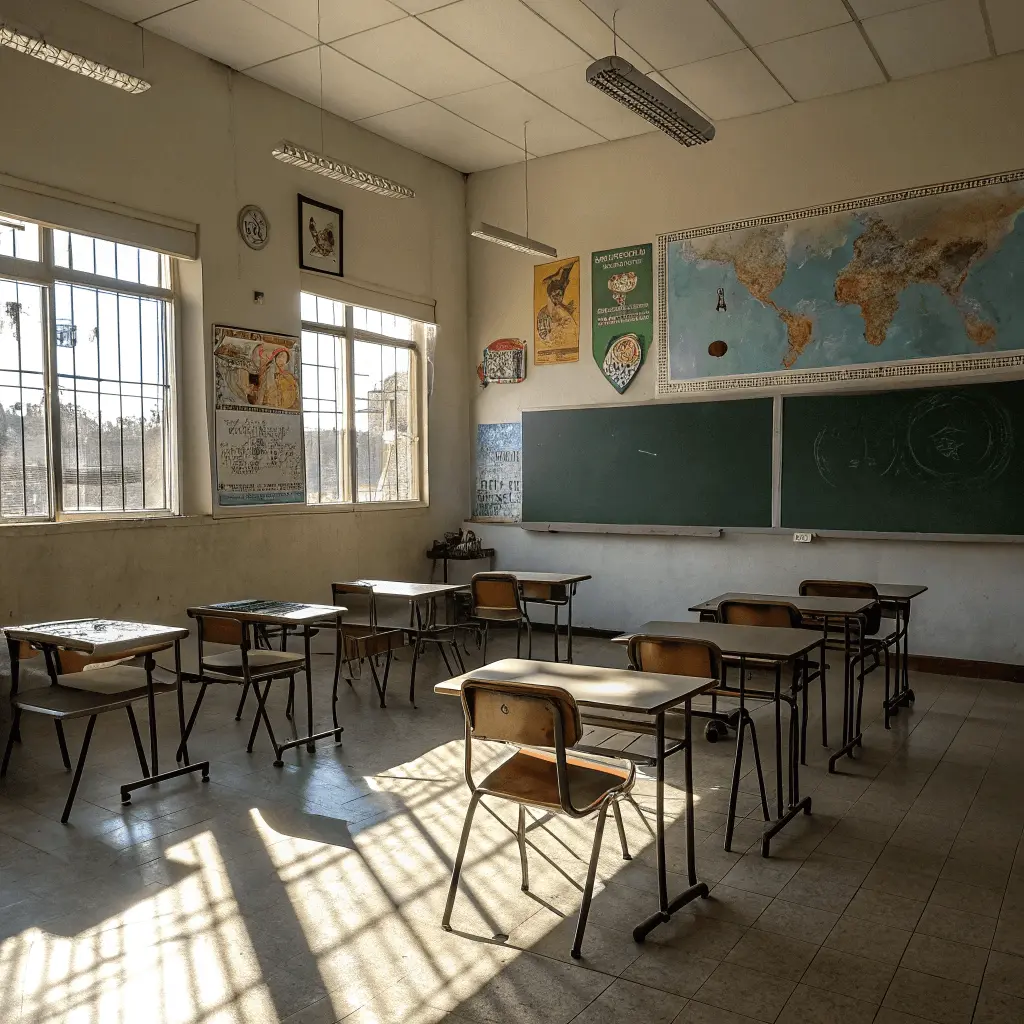Many teachers and trainers today are recording their lectures. They may do so in audio or video format to enhance their students’ learning experiences. These tools and platforms help them create engaging content that students can access at their convenience.
Educators have found that recording helps accommodate the different learning styles of students. Furthermore, the lectures are beneficial to students who must be absent and offer flexibility and learning. With the help of recorded lectures, teachers are empowered to deliver accessible content to their students.
Educators should compare various solutions for classroom recording. Doing so allows them to find a solution that meets their specific needs. The right solution will provide the benefits outlined above.
Benefits of Recording Lectures
Many benefits come with recording lectures. The recorded lectures allow for flexible learning. Students will have access to the material even if they cannot be present in the classroom. They can take control of their education when they have access to these resources.
Recorded lectures are more accessible to individuals with disabilities or special needs. For example, deaf and blind students may not be able to participate fully in conventional lectures. When they have access to recorded videos with captions or lecture transcripts, they can engage with the material more effectively.
If a student must miss a class, they can turn to the recorded lecture to access the materials covered. People become ill, have personal emergencies, or find they are unable to attend class for another unavoidable reason. They don’t have to miss out on the material when they have access to these lectures. They won’t worry about falling behind.
Many educators find that flipped classrooms benefit their students and allow them to make the most of their in-class time. The educator pre-records the lecture and has the students review it before arriving in class. During class time, students ask about information they didn’t understand, engage in meaningful discussions, or participate in collaborative activities to gain a better understanding of the material.
Students may also use these lectures when studying for exams. They can revisit specific topics or review key concepts. The educator won’t need to repeat information for multiple students but can direct them to the appropriate lecture where they will find the information. Educators also learn from this, as students can provide feedback on what is working and where improvements are needed.
Recording Lectures
To record lectures, educators must invest in equipment. Many programs exist today, and an educator should try multiple to find the one that best meets their needs. Regardless of which program is selected, ensure that the educator remains focused throughout the lecture. Omnidirectional microphones allow for high-quality audio irrespective of the sound’s direction, and educators should invest in a program that has built-in noise cancellation to ensure background noise does not interfere with their presentation of the material.
Once the equipment has been obtained, the educator must find a quiet location where the recording may take place without distracting from the lecture content. Always set up and test the equipment before recording a lecture to ensure everything will appear as expected and the students will be able to hear the educator.
Gather everything needed for the lecture before beginning. Start the recording and begin speaking to the students. Maintain eye contact with the camera and engage with the students effectively. Upon completion of the lecture, review the recording to ensure it is suitable for distribution. Share on the desired channels.
Recorded lectures come with numerous benefits. However, the recording must be of high quality to be effective. Follow the steps outlined above for recording, and soon every educator can share their material quickly and efficiently.

